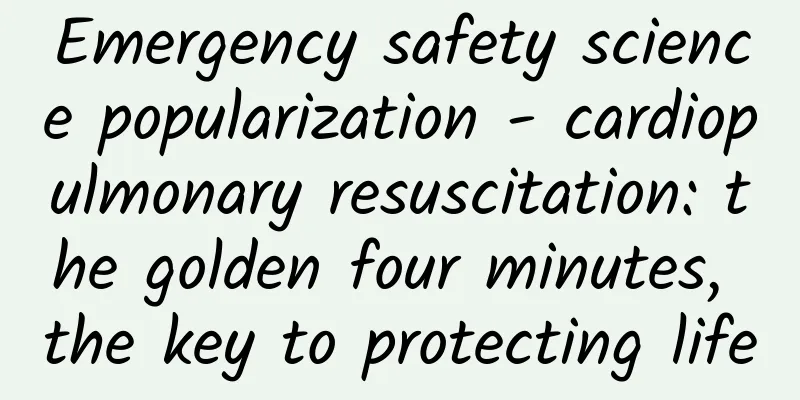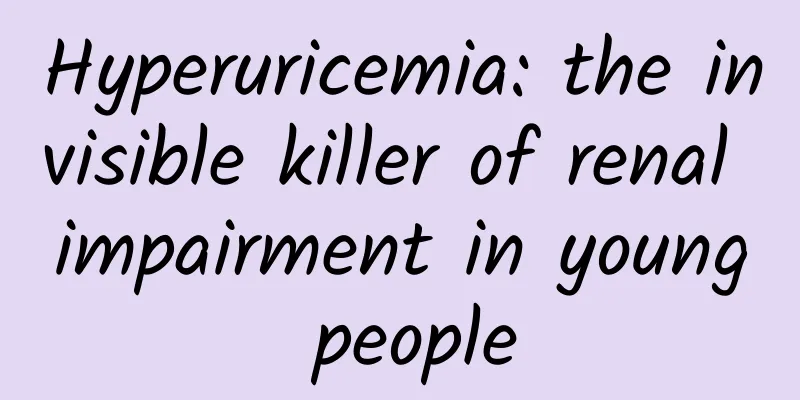Emergency safety science popularization - cardiopulmonary resuscitation: the golden four minutes, the key to protecting life

|
In an emergency, every second matters. Cardiopulmonary resuscitation (CPR) is a life-saving first aid skill that can save lives in the event of cardiac arrest. This article will show you the correct steps and importance of CPR, helping you become a life saver at a critical moment. 1. The Importance of Cardiopulmonary Resuscitation Cardiac arrest is one of the leading causes of death worldwide, with an annual incidence of out-of-hospital cardiac arrest of 30.0 to 97.1 cases per 100,000 people. If cardiac arrest patients receive timely and effective cardiopulmonary resuscitation and other measures, the spontaneous circulation recovery rate and survival rate of cardiac arrest patients will be improved. Within 1 minute after cardiac arrest, immediate cardiopulmonary resuscitation (CPR) and first aid using an automated external defibrillator (AED) can achieve a 90% success rate; the success rate decreases by 10% for every 1 minute of delay. 2. Correct steps for cardiopulmonary resuscitation Assess the environment and the patient's condition : Before rescuing a patient, first assess the surrounding environment and ensure your own safety; then transfer the patient to a safe and easy-to-rescue location, and place the patient on a relatively hard surface. Determine consciousness and breathing : Pat the patient's shoulders with both hands, and call out to both ears in turn: "Hey! What's wrong with you?" Observe whether the patient responds, and the judgment time should not exceed 10 seconds. Observe whether the patient's chest rises and falls, and the judgment time should not exceed 10 seconds. Call for help : Before performing cardiopulmonary resuscitation on the patient, do not forget to ask people around you to quickly call 120 emergency number. Chest compression, airway opening, artificial ventilation : Chest compression : The compression frequency is 100-120 times/minute, and the compression depth is 5-6cm of the sternum depression depth. After the compression, ensure that the rescued person's sternum rebounds completely. Artificial ventilation : Mouth-to-mouth artificial ventilation is used outside the hospital: pinch the patient's nostrils, completely cover the patient's mouth after natural inhalation, blow air into the patient's lungs, and lift the patient's chest; after blowing, release the fingers that pinch the patient's nostrils to see his chest rebound. Defibrillation : 80% of cardiac arrest patients will experience ventricular fibrillation (VF). If a defibrillator is used, VF can be eliminated and sinus rhythm can be restored. Early defibrillation can play a key role in the patient's resuscitation. 3. Precautions for cardiopulmonary resuscitation Minimize interruptions in chest compressions and ensure that chest compressions are performed for >80% of the time during the entire rescue process. Avoid hyperventilation and limit ventilation to no more than 10 breaths per minute. If conditions permit, one person can be rotated every 2 minutes to perform chest compressions to ensure the high quality of CPR. IV. Conclusion CPR is not just a doctor's job, it is a skill that everyone should master. In an emergency, correct CPR can save lives. Let us work together to make CPR an essential survival skill for everyone and jointly protect the hope of life. |
<<: I have the flu and my bones ache all over. What's going on?
Recommend
Vaginal cleanliness 5 Bacterial vaginosis
During the hospital examination, if the vaginal c...
What causes stomach pain during early pregnancy?
Generally speaking, abdominal pain in early pregn...
Why does vaginal discharge turn black?
Leucorrhea refers to the white discharge that com...
Things to note after cervical screening
Cervical screening, as a very important way to id...
Can I eat Dendrobium candidum during menstruation?
Can you eat Dendrobium officinale during menstrua...
Why is my chest always swollen and painful?
Breast pain is mostly caused by breast hyperplasi...
What are the adverse effects of excessive amniotic fluid on the fetus?
Excessive amniotic fluid is actually an abnormal ...
How many days after menstruation can I get an IUD
Choosing to have an IUD inserted is one of the mo...
Can I have a baby if I have pelvic inflammatory disease?
Pelvic inflammatory disease is a common gynecolog...
Can soaking your feet in mugwort cure uterine cold?
Mugwort is a plant we are very familiar with in o...
Why do I have pain in the left lower abdomen after abortion?
Young people nowadays are more open-minded, and i...
A drunk man slept in this position all night, and when he woke up he was sent directly to the ICU and had "magic lungs"...
On the morning of March 26, a 31-year-old man was...
Women who have had a sterilization are more likely to get gynecological diseases
However, the cost of raising children is too high...
What foods can pregnant women eat after cesarean section
After a caesarean section, a woman's body is ...









